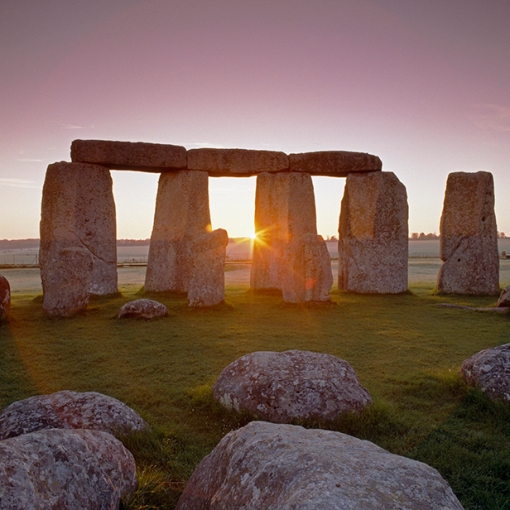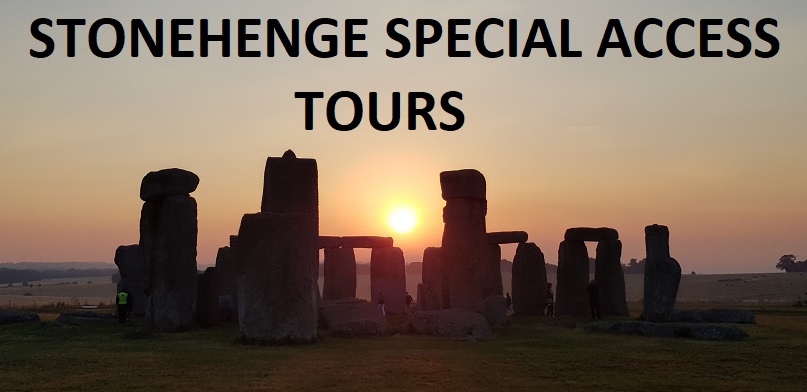Some of the largest rocks at Stonehenge were there long before humans and are not likely to have been moved to the location, an archaeologist says.#
Archaeologists and antiquarians have for centuries wondered why Stonehenge is where it is and why the largest stones were dragged miles to a hillside on Salisbury Plain.

An archaeologist who has excavated within the site says there is evidence people were drawn there because of the stones.
It had been thought those stones, called sarsens, were brought from the Marlborough Downs, 20 miles (32km) away.
Mike Pitts, one of only a few archaeologists to have excavated within Stonehenge, has found evidence that two of the largest sarsen stones have been there for millions of years.
The largest megalith at the site, the heel stone, which aligns with sunrise on midsummer’s day, is 75 metres from the centre of the stone circle and weighs 60 tonnes.
Read the full (source) story here:
The Stonehenge News Blog
Follow us on Twitter and Facebook for all the latest Stonehenge News
http://www.Stonehenge.News
















